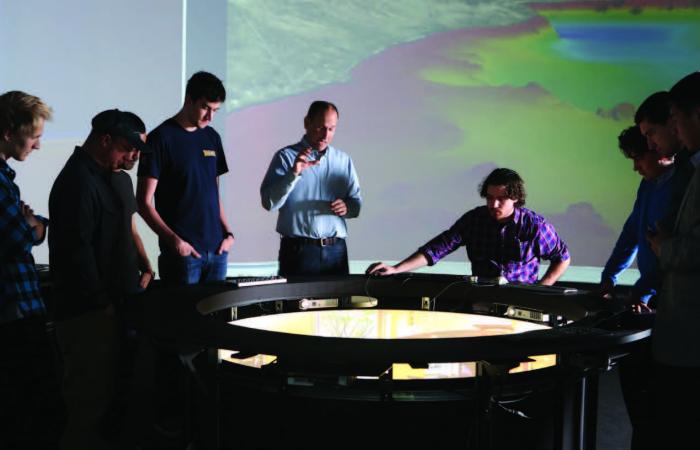
Building on Rensselaer’s long tradition of innovation at the intersection of science, technology, and the arts, our attention is turned to emerging needs at the human/technology interface.
Whether the focus is on multi-modal virtual environments, interactive data displays, intelligent human/environment interfaces, synthetic characters, or social robotics, Rensselaer researchers draw from cutting-edge resources: the $200 million Experimental Media and Performing Arts Center (EMPAC), the petascale supercomputer at the Center for Computational Innovation (CCI), and an artificially intelligent computer system capable of answering questions posed in natural language, the first IBM Watson system ever given to an educational institution.
Students learn to speak Chinese through the Mandarin Project’s virtual reality, synthetic intelligent characters and gamification. The Collaborative-Research Augmented Immersive Virtual Environment Laboratory (CRAIVE-Lab) brings scientific data into visual focus, and CAIRA (the Creative Artificially-Intuitive and Reasoning Agent) uses music recognition and logic-based reasoning to conduct distributed musicians, for example.
Research Centers, Platforms, and News focusing on Media, Arts, Science, and Technology:

